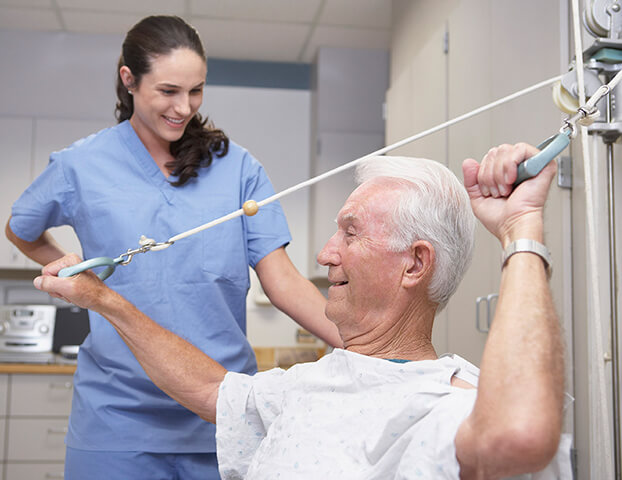Physiological rehabilitation is a significant aspect of rehabilitation and recovery for numerous people. It aids patients regain vigor, enhance flexibility, and reduce pain subsequent to traumas or operations. There are approaches to bodily rehabilitation, each crafted to address the distinct requirements of individuals. Understanding these different techniques can assist individuals form knowledgeable decisions about their healing journey.
One frequent method to physiological therapy is physical rehabilitation. This method involves physical care by a physical specialist to adjust muscle tissue and connections. Physical rehabilitation can help reduce discomfort, enhance blood flow, and increase mobility. Therapists may use approaches such as manipulation, joint movement, and stretching to aid clients rehabilitate. Such approach is often beneficial for those with musculoskeletal problems, such as back soreness or joint inflammation, as it concentrates on the bodily aspects of recovery.
Another crucial approach is restorative exercise. Such method entails specific activities designed to boost strength, equilibrium, and coordination. Physiological therapists develop customized exercise plans based on the individual's status and objectives. Such exercises can differ from simple exercises to more advanced activities. Rehabilitative physical activity is vital for restoring vigor after an trauma and stopping future complications. It furthermore aids individuals recover self-assurance in their physical abilities, which is vital for total rehabilitation.

Water-based treatment is a different helpful technique that uses aqua to aid in rehabilitation. This method takes advantage of the buoyancy of water, which reduces the impact on joints and facilitates simpler motion. Individuals can execute movements in a swimming pool, making it a great option for those with restricted movement or pain. Aquatic therapy can help improve strength, flexibility, and endurance while providing a helpful space for healing. This is notably helpful for patients recovering from surgery or those with chronic pain problems.
In conclusion, learning and personal management are essential click for source elements of physical therapy. Bodily therapists not only offer care but additionally educate patients about their conditions and how to cope with them. Such comprises understanding body movement, position, and the significance of staying active. With empowering clients with understanding, specialists aid them assume an proactive role in their healing. Such method encourages clients to carry on their recovery beyond treatment meetings, resulting to improved long-term effects.
In summary, physiological therapy offers diverse methods to enhance healing and restoration. Hands-on rehabilitation, therapeutic movement, pool therapy, and learning all serve crucial functions in assisting individuals recover their power and mobility. All approach is tailored to address the distinct needs of clients, guaranteeing a holistic approach to healing. By grasping these various techniques, clients can more effectively navigate their healing journey and work towards attaining their rehabilitation aims.